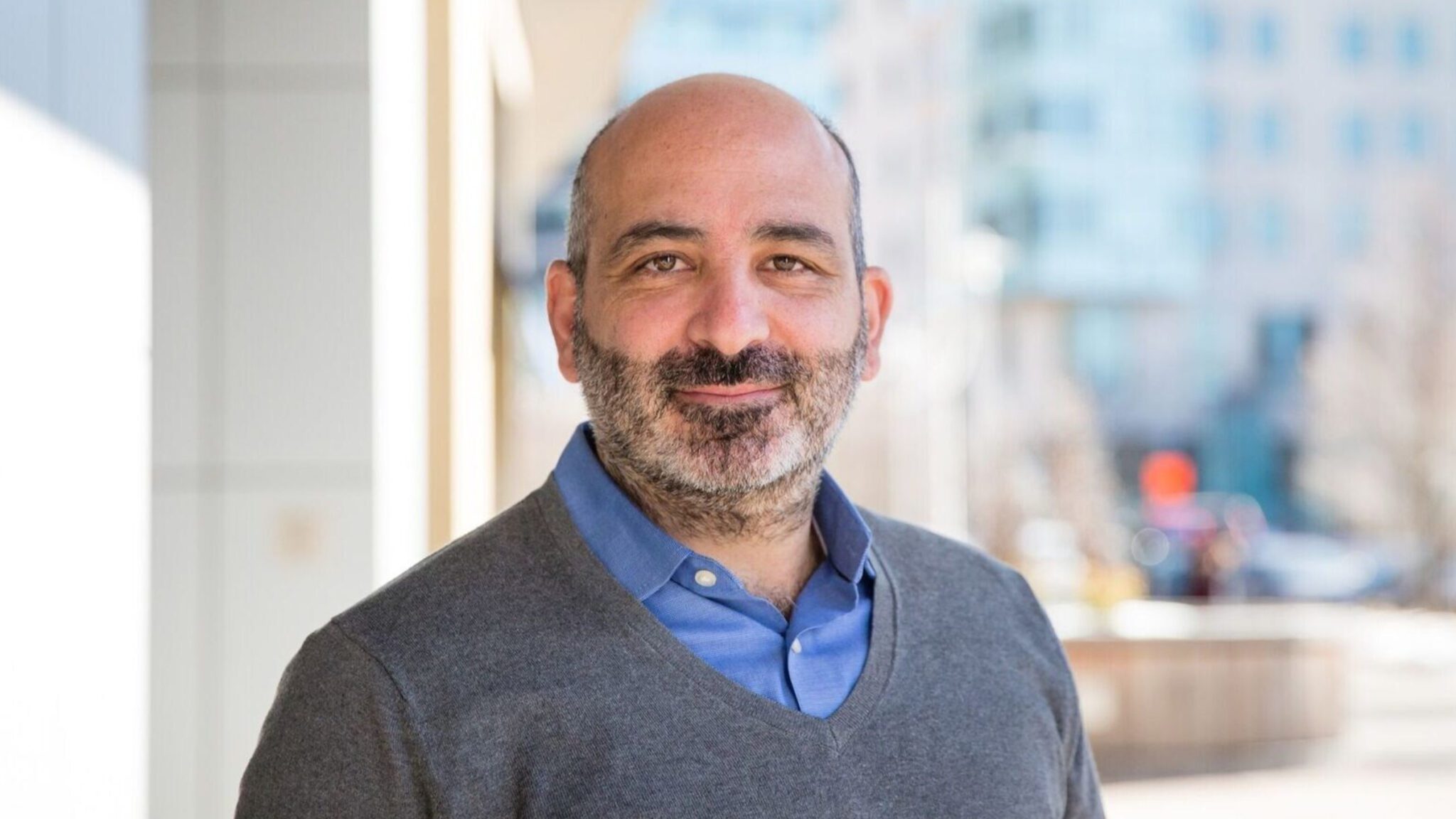
Andrey Zarur, GreenLight Biosciences CEO
Virtually unknown mRNA upstart rides SPAC to Nasdaq with a $1.5B valuation as RA-backed neuro player prices IPO
Editor’s note: Interested in following biopharma’s fast-paced IPO market? You can bookmark our IPO Tracker here.
Sign up to read this article for free.
Get free access to a limited number of articles, plus choose newsletters to get straight to your inbox.